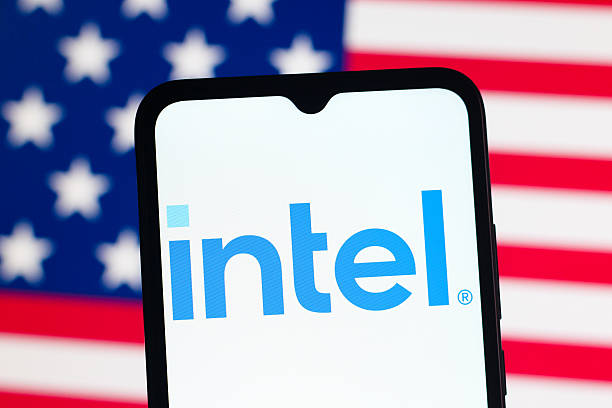
In a move described as “historic” by the Trump administration, the U.S. government will acquire a 9.9% equity stake in Intel, marking one of the most unusual interventions in the history of American semiconductor policy.
Deal Structure and Valuation
Intel confirmed that Washington will purchase 433.3 million primary shares at $20.47 each, valuing the government’s stake at $8.9 billion. The investment is partly funded through grants awarded under the CHIPS and Science Act, which allocated nearly $53 billion to strengthen domestic semiconductor production.
- $5.7 billion of the stake will be covered by existing CHIPS Act grants.
- $3.2 billion will be awarded via the Defense Department’s Secure Enclave program.
- Intel has already received $2.2 billion in earlier CHIPS Act payments, bringing the total federal commitment to $11.1 billion.
The government will hold no board representation or voting independence, and agreed to align with Intel’s board on shareholder matters, except for limited cases.
Trump’s Announcement
President Trump revealed the deal during a press briefing at the White House:
“He walked in wanting to keep his job, and he ended up giving us $10 billion for the United States,” Trump said, referring to Intel CEO Lip-Bu Tan.
On Truth Social, Trump called the deal a “great deal for America and for Intel,” linking it to the administration’s push to reestablish U.S. leadership in semiconductor manufacturing.
Strategic Significance
The agreement underscores Washington’s intensifying efforts to shore up domestic chipmaking amid global supply chain risks and growing competition from China.
Intel, once the undisputed leader in semiconductor innovation, has faced challenges in recent years, including:
- Falling behind rivals like Nvidia, now valued at more than $4 trillion.
- Struggling with delays in building new facilities, including its $28 billion Ohio fabs.
- Declining revenue and consecutive quarterly losses in 2025.
Analysts remain divided on whether government equity participation will help stabilize Intel’s turnaround or create new complications.
Chris Miller, author of Chip War, noted:
“The unanswered question is who will buy from Intel’s new factories. Equity support is important, but without demand, production plans may remain uncertain.”
A Shift in U.S. Industrial Policy
The U.S. government’s decision to take direct equity positions in major tech companies marks a new phase in its industrial strategy. Earlier this month, the administration announced that Nvidia would pay 15% of its China-related H20 chip revenues in exchange for continued export approval — another example of unprecedented intervention in the semiconductor market.
⚠️ Disclaimer: The details above are based on company statements and official government announcements. Market valuations may fluctuate, and policy outcomes remain subject to future changes.